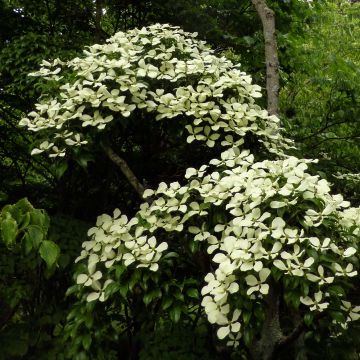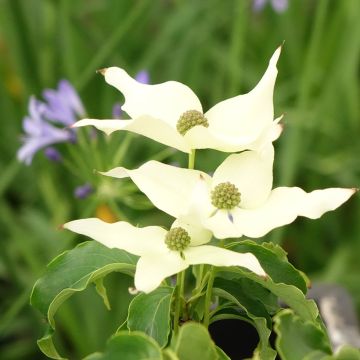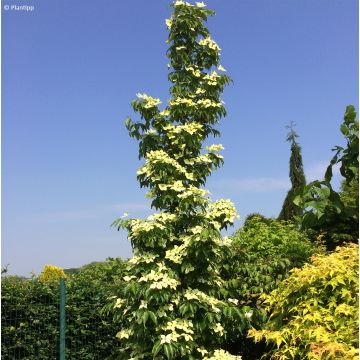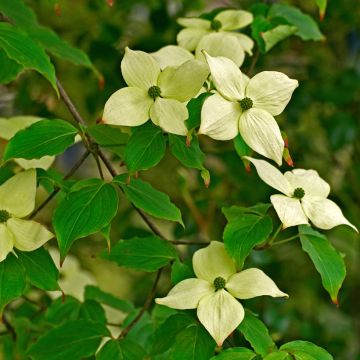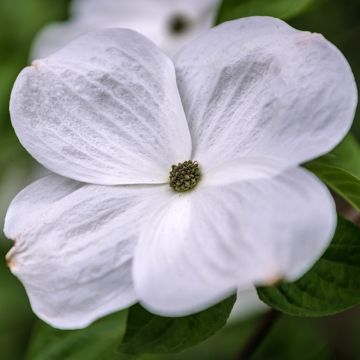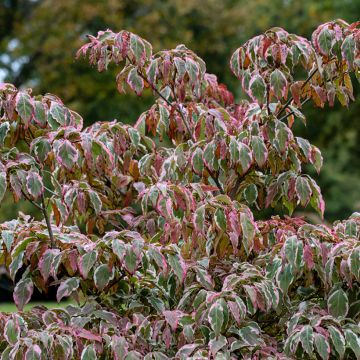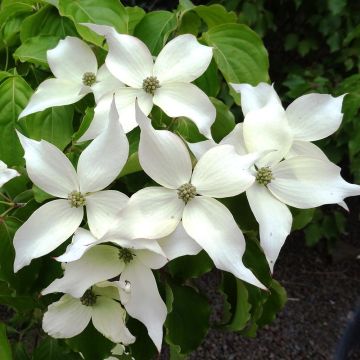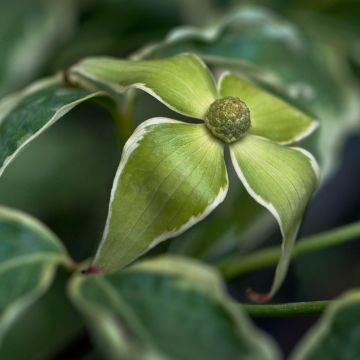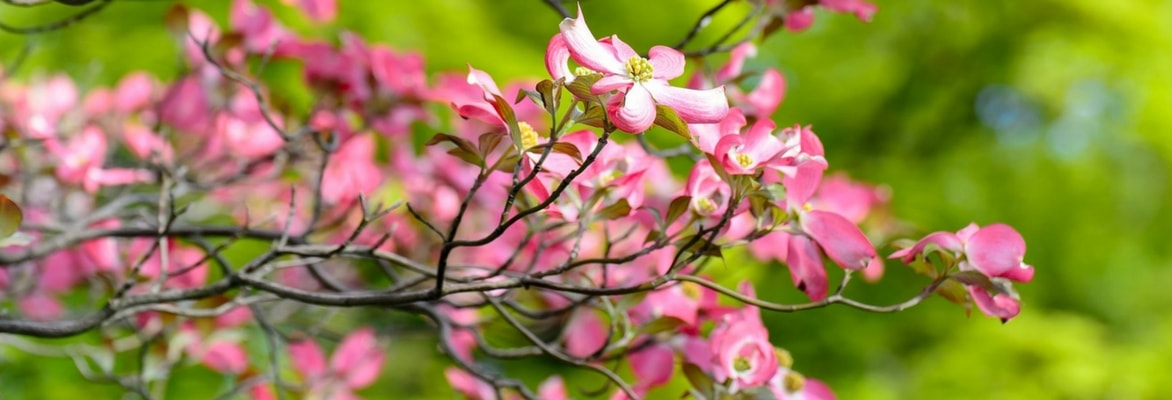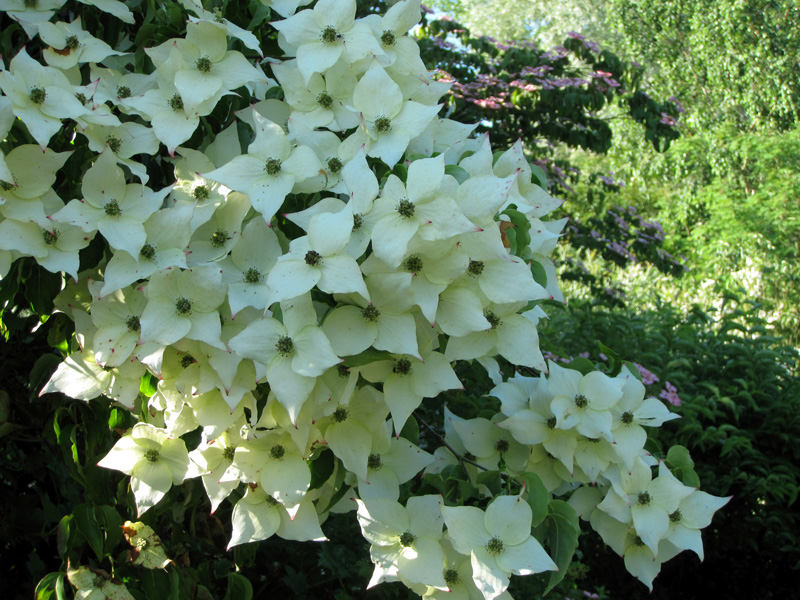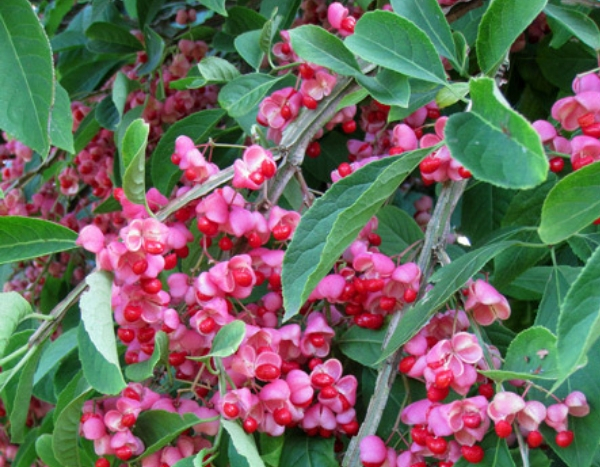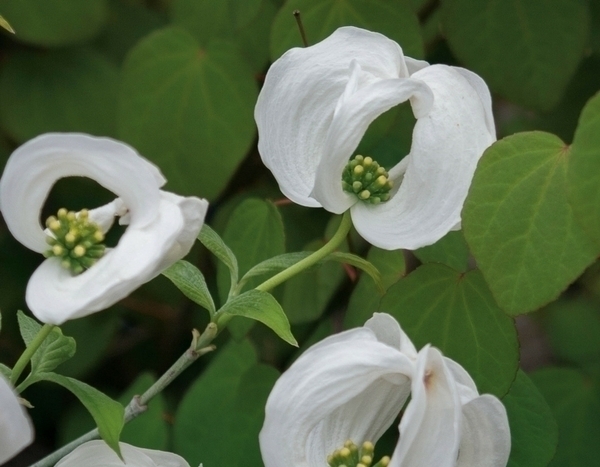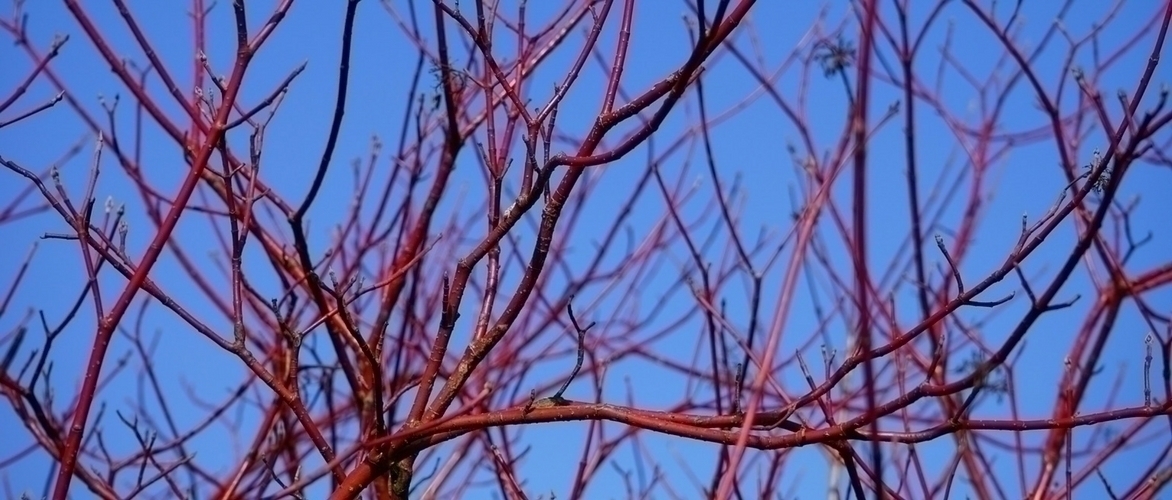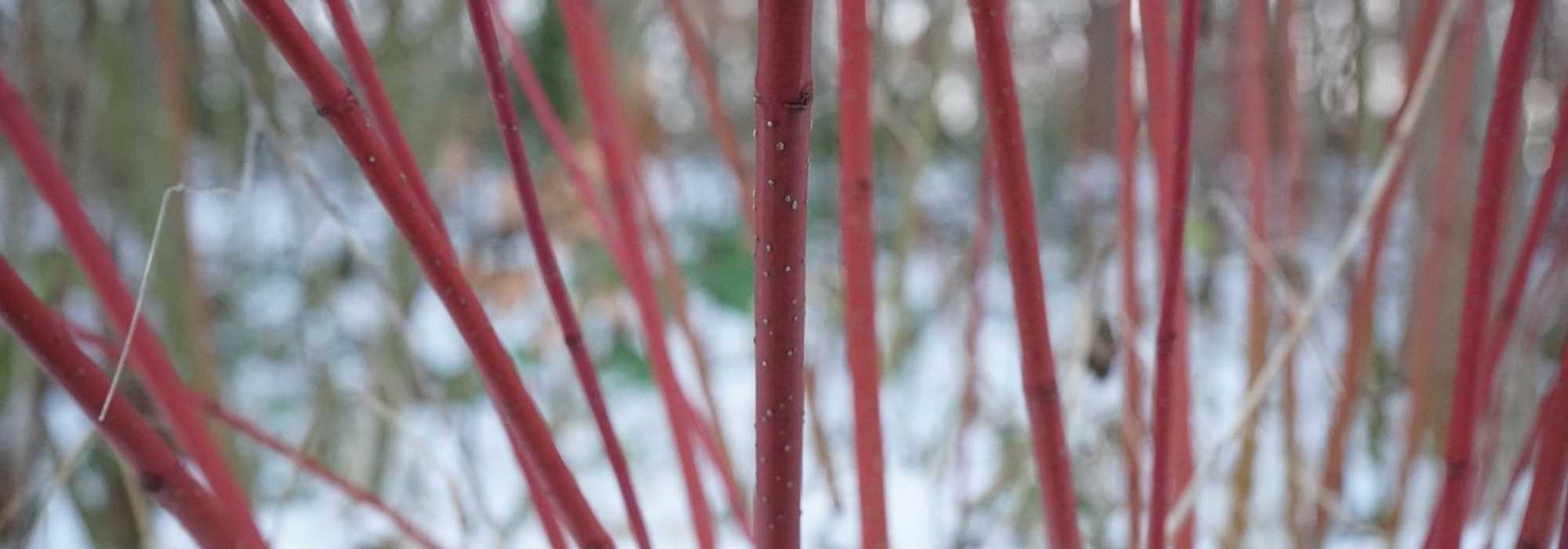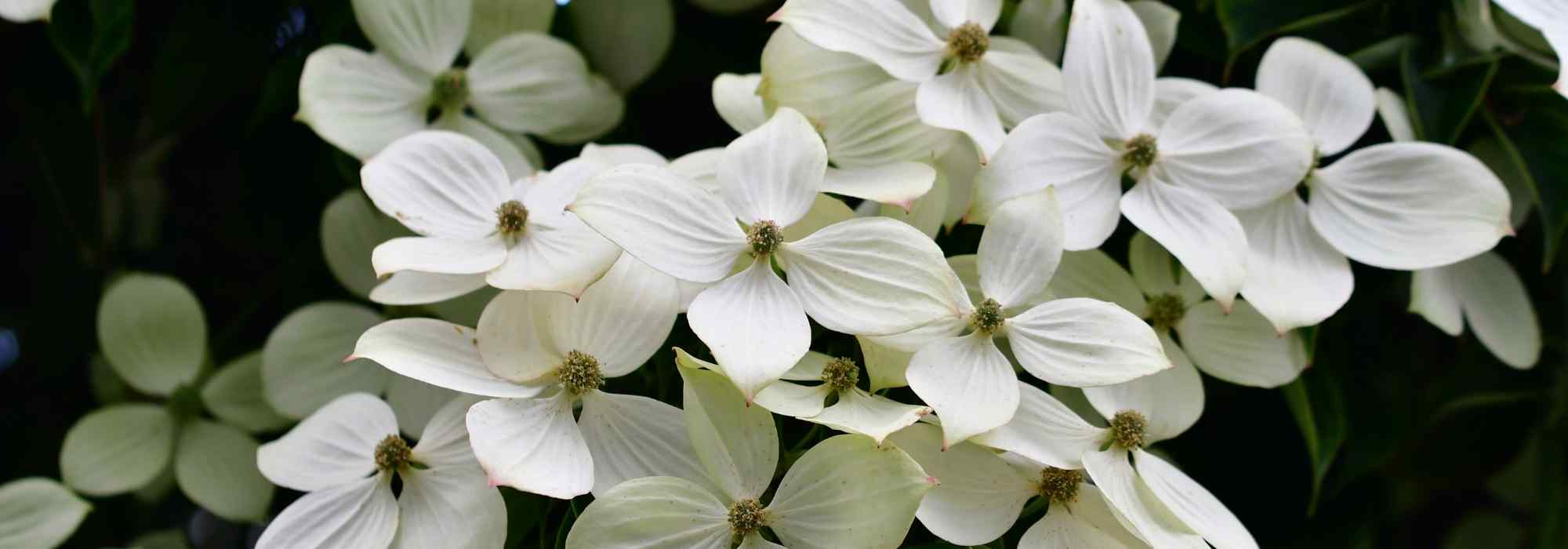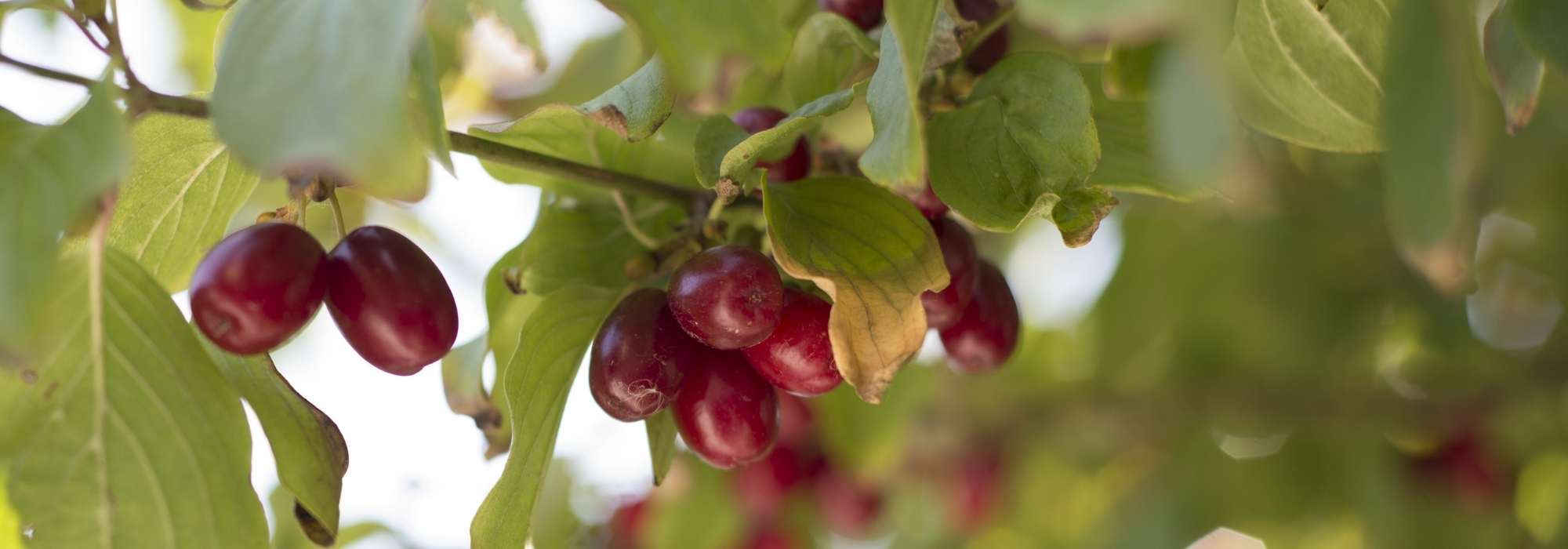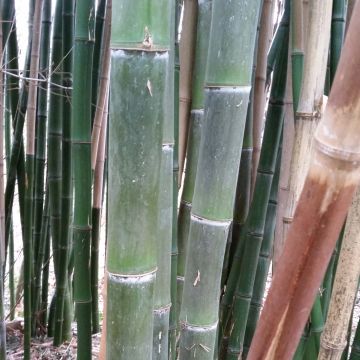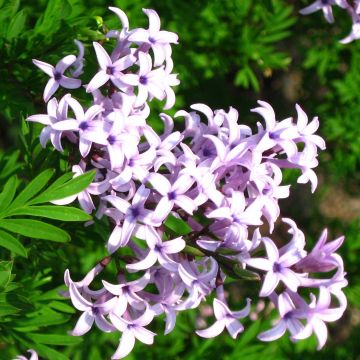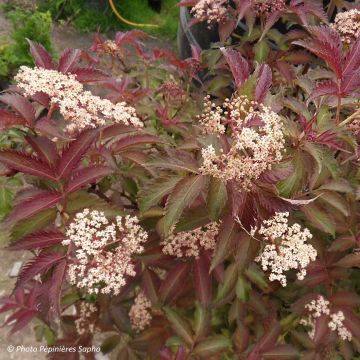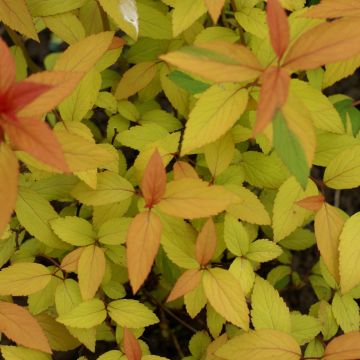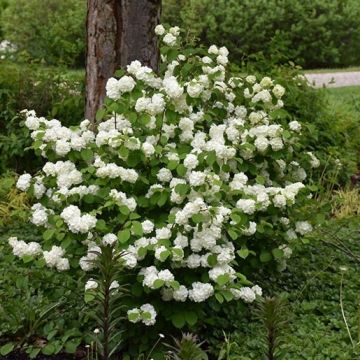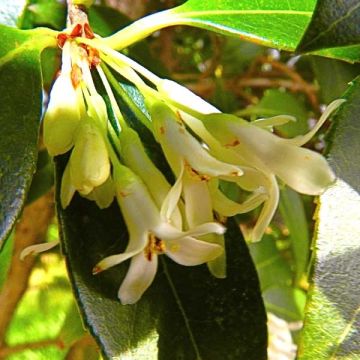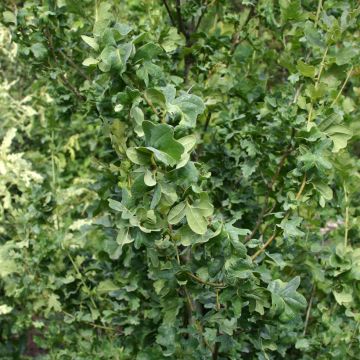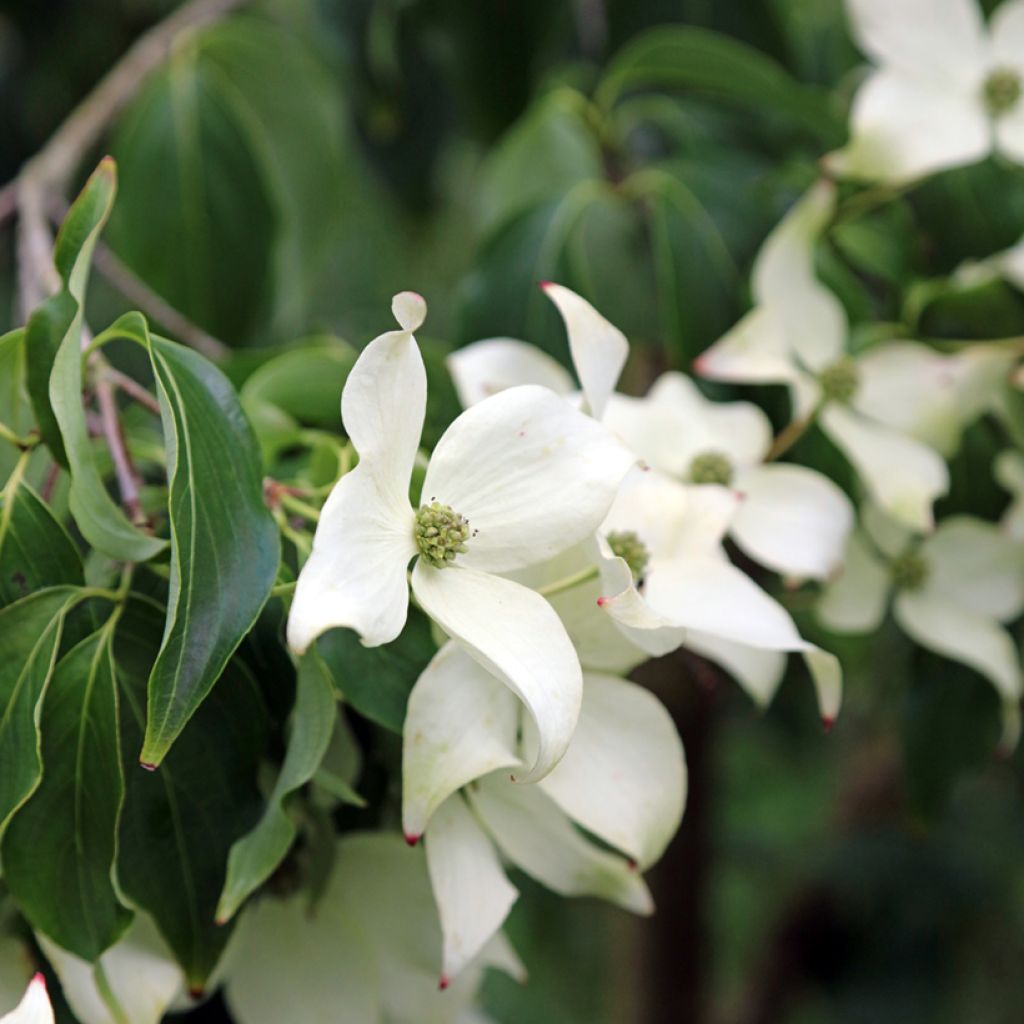

Cornus kousa Blue Shadow - Flowering Dogwood
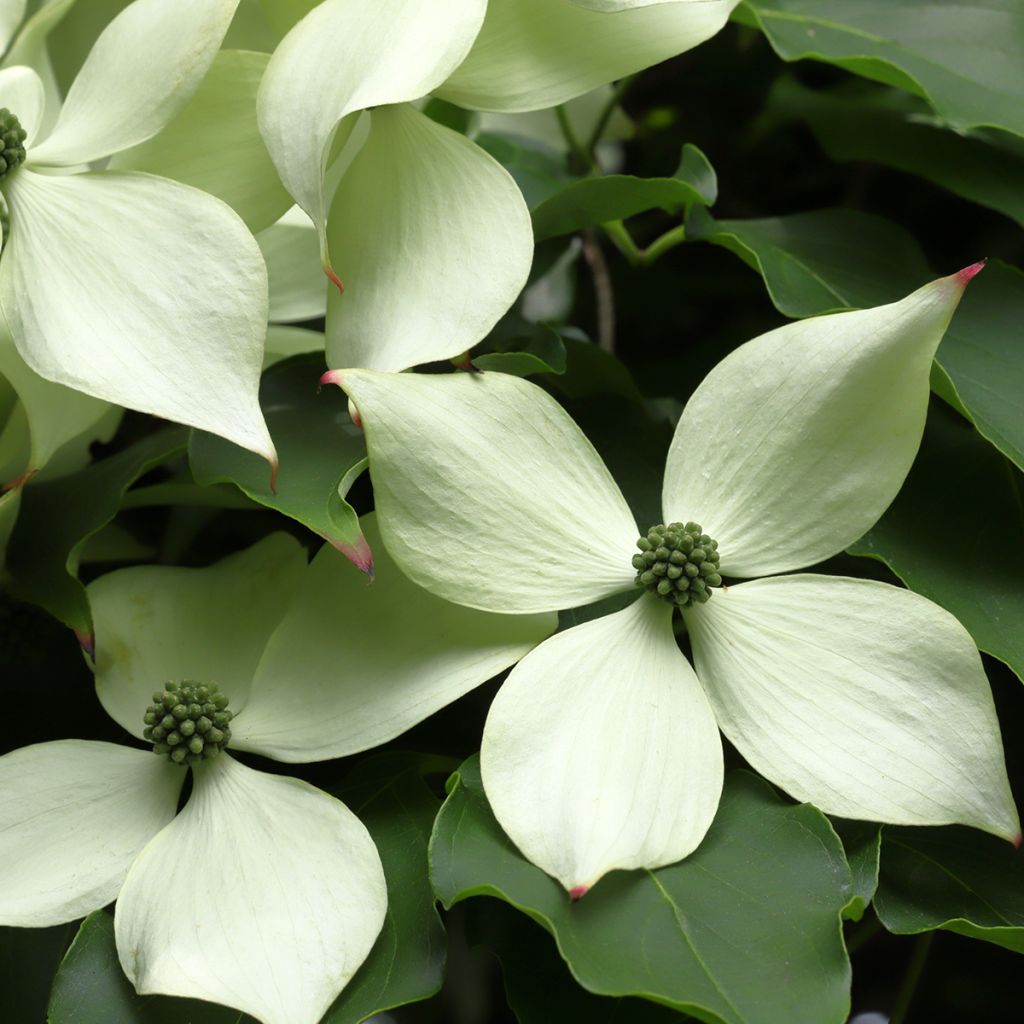

Cornus kousa Blue Shadow - Flowering Dogwood
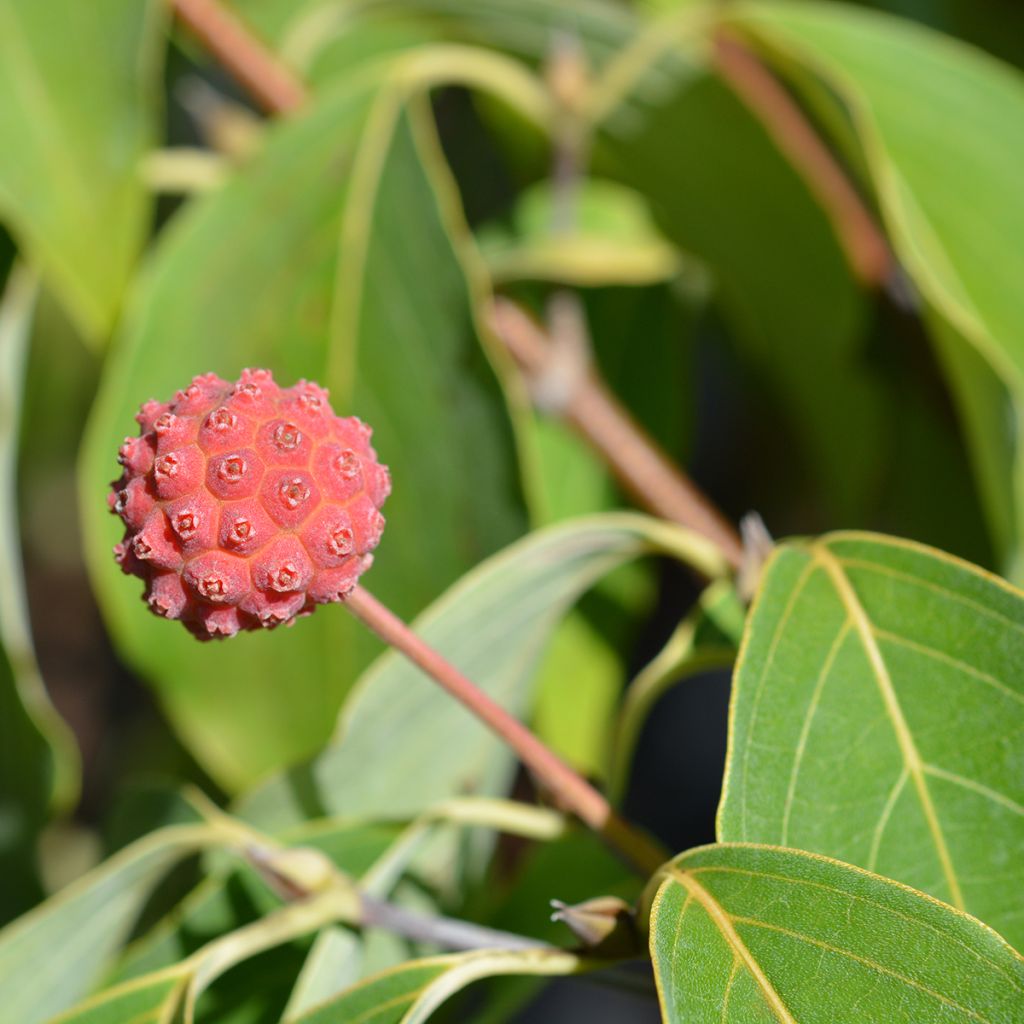

Cornus kousa Blue Shadow - Flowering Dogwood
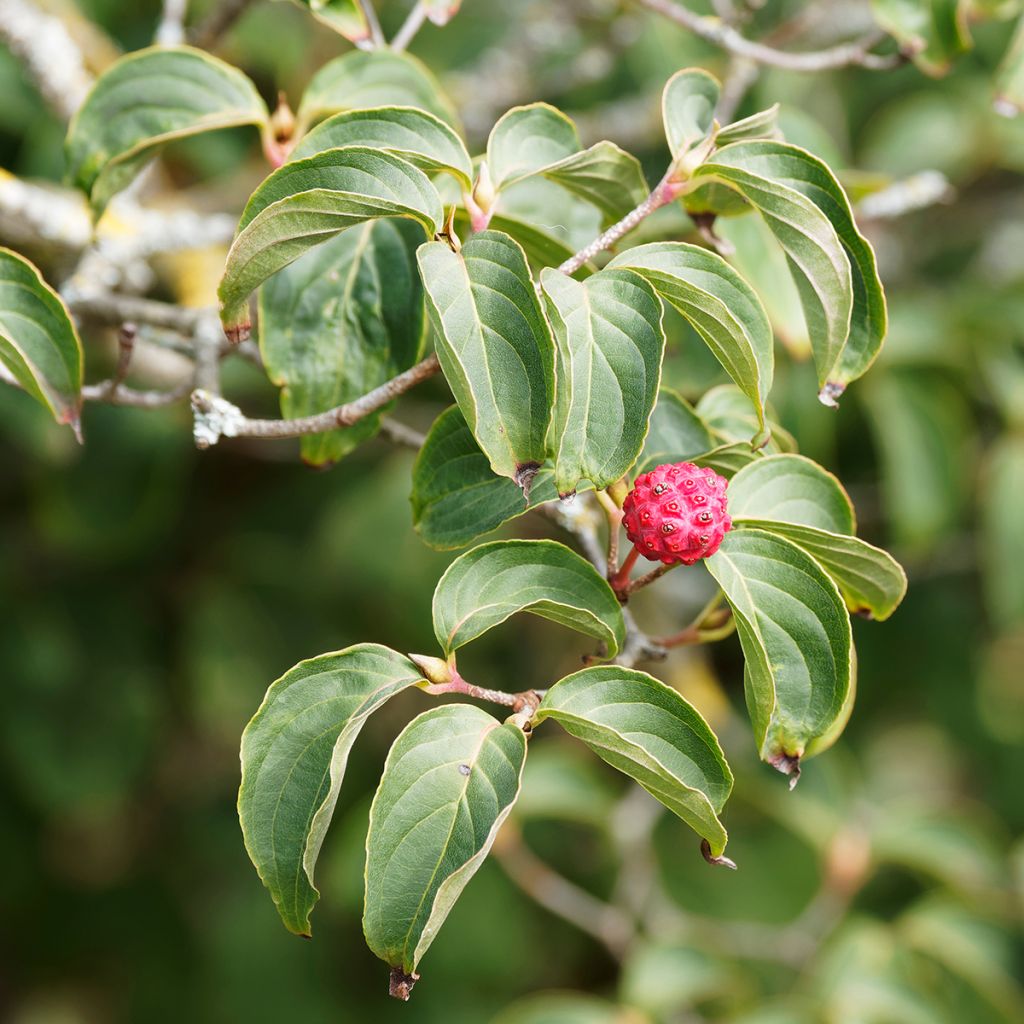

Cornus kousa Blue Shadow - Flowering Dogwood
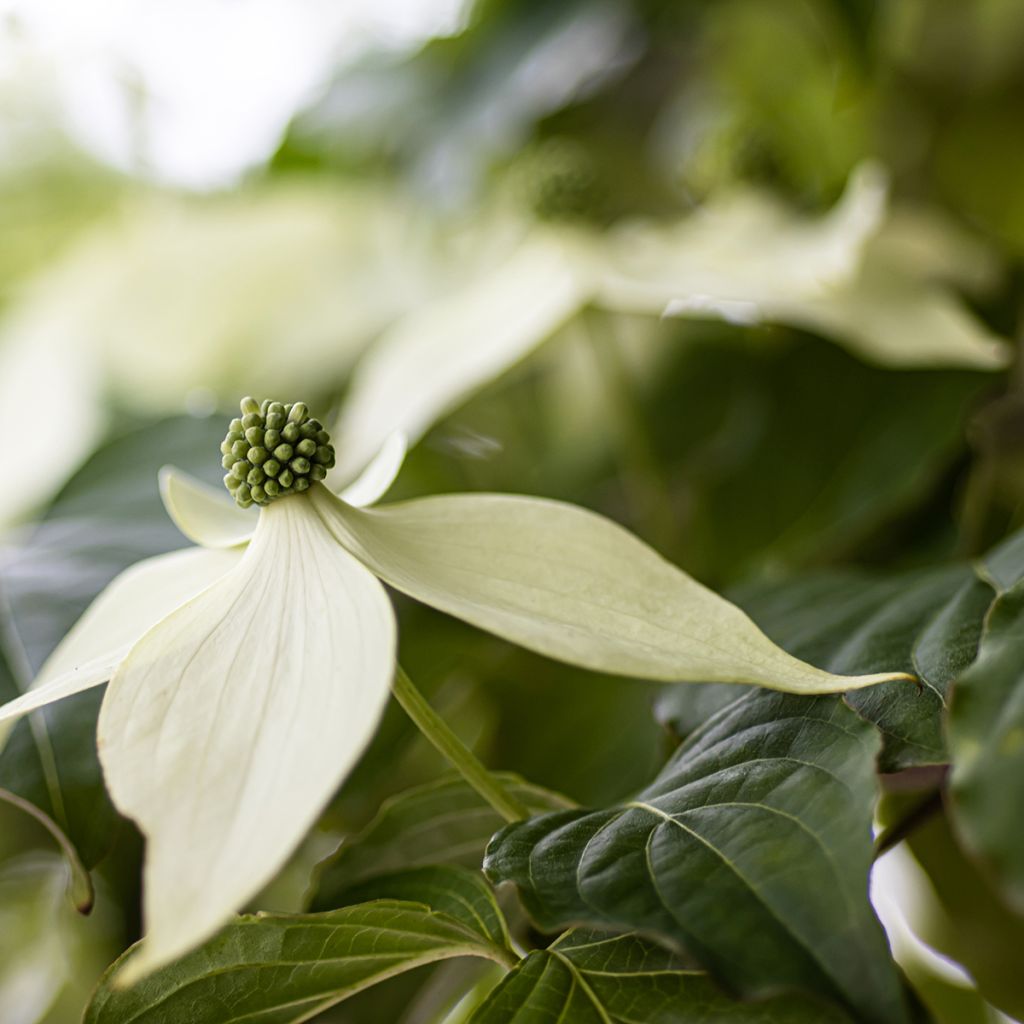

Cornus kousa Blue Shadow - Flowering Dogwood
Cornus kousa Blue Shadow - Flowering Dogwood
Cornus kousa Blue Shadow
Kousa Dogwood, Japanese Dogwood, Chinese Dogwood
Special offer!
Receive a €20 voucher for any order over €90 (excluding delivery costs, credit notes, and plastic-free options)!
1- Add your favorite plants to your cart.
2- Once you have reached €90, confirm your order (you can even choose the delivery date!).
3- As soon as your order is shipped, you will receive an email containing your voucher code, valid for 3 months (90 days).
Your voucher is unique and can only be used once, for any order with a minimum value of €20, excluding delivery costs.
Can be combined with other current offers, non-divisible and non-refundable.
Why not try an alternative variety in stock?
View all →This plant carries a 24 months recovery warranty
More information
We guarantee the quality of our plants for a full growing cycle, and will replace at our expense any plant that fails to recover under normal climatic and planting conditions.
Would this plant suit my garden?
Set up your Plantfit profile →
Description
The Cornus kousa 'Blue Shadow' is a renowned selection for having the bluest foliage among all Japanese Dogwoods. Its large leaves give it a particular grace and turn splendid shades of red and purple in autumn. The dense vegetation provides a beautiful backdrop to the equally sumptuous flowering, which opens into large white stars in spring for several weeks. It is followed by beautiful round berries in a pink-red colour, which ripen during a long, hot summer. Very hardy and easier to grow than its cousin Cornus florida, this beautiful shrub deserves a place in the garden, whether as a standalone or in a mixed border.
The Dogwood belongs to the small family Cornaceae, which, after several revisions in botanical classification, now only consists of the genera Cornus and Alangium. Cornus kousa is a tree with small stature or a large shrub, native to Japan, China, and Korea. Its architectural silhouette, formed by usually tiered and horizontal branches, gives it a Japanese appearance. The botanical species has given rise to several horticultural varieties, the result of the work of breeders.
'Blue Shadow' is a cultivar obtained by American breeder Don Shadow and introduced to the market by the Poly Hill Arboretum (Massachusetts, USA). It is easily recognisable by its very blue-green foliage that contrasts beautifully with the brown wood. Growing rather slowly, this shrub takes on a tabular habit, almost as wide as it is tall, and reaches approximately 3 m (10ft) in height and 2.50 m (8ft) in spread after ten years of cultivation. Its growth continues to reach a height of around 5 m (16ft), or even more, at maturity. Flowering occurs in May-June, well highlighted by the somewhat dark blue foliage, on which the white flower heads stand out. These are clusters of small true flowers, green in colour, surrounded by four pointed bracts forming a star, and are often mistaken for flowers, although they are transformed leaves. Measuring a good ten centimetres in diameter, the flowerheads seem to be resting on the foliage, like a colony of immaculate butterflies. These numerous, architectural and airy flower heads, dominating the slightly drooping blue foliage, create a magical spectacle in spring. The flowers are followed by fruits with a diameter of 2.5 cm (1in), in dark pink to red colour, reminiscent of strawberries in colour and blackberries in appearance. The higher the summer temperatures, the more generous the fruiting. The fruits are edible, fleshy, and have a sweet taste, although not particularly interesting in terms of flavour, but they are quite decorative at the end of the season. In autumn, the foliage takes on superb purple or dark red colours.
The Cornus kousa 'Blue Shadow' thrives in continental climates, with marked summers and winters, but performs well in milder zones too. In hot regions, it should be planted in a sheltered spot to protect it from the scorching sun. Its aesthetic justifies planting it as a standalone, but since it grows quite slowly, it may be wise to integrate it into a border to achieve a more interesting scene more quickly, while still allowing enough space for its development. Surround it with small-sized shrubs that will not hinder its growth, such as the Chinese Azalea Nabucco, whose trumpet-shaped bright red flowers will form a superb contrast with the white bracts of your Dogwood. The Kalmia latifolia Ewa, a Mountain Laurel with astonishing ribbed flower buds opening into pale pink flowers, will also be a good companion. And to create a classy autumn scene, plant a tree in the background that turns yellow or orange, such as the Japanese Katsura Tree, nicknamed the caramel tree for the delicious scent it produces in autumn.
Cornus kousa Blue Shadow - Flowering Dogwood in pictures


Plant habit
Flowering
Foliage
Botanical data
Cornus
kousa
Blue Shadow
Cornaceae
Kousa Dogwood, Japanese Dogwood, Chinese Dogwood
Cultivar or hybrid
Planting and care
Originally from Japan, Korea, and China, Cornus kousa prefer continental climates and temperate zones. Extremely cold temperatures during winter can result in absent or reduced flowering. Long, hot summers promote fruit ripening. However, this bush is very hardy and can withstand frost down to -20°C (1°F). It tolerates sunny exposures in areas with moderately warm summers. In hot regions, it should be planted away from scorching sunlight.
It appreciates deep, fertile, well-drained soils that are slightly acidic or neutral, without necessarily being an ericaceous plant. It particularly enjoys the thick humus of deciduous woodlands. It can tolerate clay soils as long as it is protected from excessive moisture, especially in winter. Plant it in a deep hole lined with clay balls, coarse sand, or gravel to ensure good drainage if necessary, in a very compact soil. Any good, balanced, and flexible garden soil is suitable for it. When planting, add compost and leaf mould. Mulching with pine bark will help maintain freshness in summer and promote soil acidity.
Pruning is not mandatory but can be done at the end of winter to remove diseased or dead wood and crossing branches in order to maintain an attractive habit. During the first two years after planting, watering should be regular in summer, afterwards, it can manage on its own.
Planting period
Intended location
Care
Planting & care advice
This item has not been reviewed yet - be the first to leave a review about it.
Similar products
Haven't found what you were looking for?
Hardiness is the lowest winter temperature a plant can endure without suffering serious damage or even dying. However, hardiness is affected by location (a sheltered area, such as a patio), protection (winter cover) and soil type (hardiness is improved by well-drained soil).

Photo Sharing Terms & Conditions
In order to encourage gardeners to interact and share their experiences, Promesse de fleurs offers various media enabling content to be uploaded onto its Site - in particular via the ‘Photo sharing’ module.
The User agrees to refrain from:
- Posting any content that is illegal, prejudicial, insulting, racist, inciteful to hatred, revisionist, contrary to public decency, that infringes on privacy or on the privacy rights of third parties, in particular the publicity rights of persons and goods, intellectual property rights, or the right to privacy.
- Submitting content on behalf of a third party;
- Impersonate the identity of a third party and/or publish any personal information about a third party;
In general, the User undertakes to refrain from any unethical behaviour.
All Content (in particular text, comments, files, images, photos, videos, creative works, etc.), which may be subject to property or intellectual property rights, image or other private rights, shall remain the property of the User, subject to the limited rights granted by the terms of the licence granted by Promesse de fleurs as stated below. Users are at liberty to publish or not to publish such Content on the Site, notably via the ‘Photo Sharing’ facility, and accept that this Content shall be made public and freely accessible, notably on the Internet.
Users further acknowledge, undertake to have ,and guarantee that they hold all necessary rights and permissions to publish such material on the Site, in particular with regard to the legislation in force pertaining to any privacy, property, intellectual property, image, or contractual rights, or rights of any other nature. By publishing such Content on the Site, Users acknowledge accepting full liability as publishers of the Content within the meaning of the law, and grant Promesse de fleurs, free of charge, an inclusive, worldwide licence for the said Content for the entire duration of its publication, including all reproduction, representation, up/downloading, displaying, performing, transmission, and storage rights.
Users also grant permission for their name to be linked to the Content and accept that this link may not always be made available.
By engaging in posting material, Users consent to their Content becoming automatically accessible on the Internet, in particular on other sites and/or blogs and/or web pages of the Promesse de fleurs site, including in particular social pages and the Promesse de fleurs catalogue.
Users may secure the removal of entrusted content free of charge by issuing a simple request via our contact form.
The flowering period indicated on our website applies to countries and regions located in USDA zone 8 (France, the United Kingdom, Ireland, the Netherlands, etc.)
It will vary according to where you live:
- In zones 9 to 10 (Italy, Spain, Greece, etc.), flowering will occur about 2 to 4 weeks earlier.
- In zones 6 to 7 (Germany, Poland, Slovenia, and lower mountainous regions), flowering will be delayed by 2 to 3 weeks.
- In zone 5 (Central Europe, Scandinavia), blooming will be delayed by 3 to 5 weeks.
In temperate climates, pruning of spring-flowering shrubs (forsythia, spireas, etc.) should be done just after flowering.
Pruning of summer-flowering shrubs (Indian Lilac, Perovskia, etc.) can be done in winter or spring.
In cold regions as well as with frost-sensitive plants, avoid pruning too early when severe frosts may still occur.
The planting period indicated on our website applies to countries and regions located in USDA zone 8 (France, United Kingdom, Ireland, Netherlands).
It will vary according to where you live:
- In Mediterranean zones (Marseille, Madrid, Milan, etc.), autumn and winter are the best planting periods.
- In continental zones (Strasbourg, Munich, Vienna, etc.), delay planting by 2 to 3 weeks in spring and bring it forward by 2 to 4 weeks in autumn.
- In mountainous regions (the Alps, Pyrenees, Carpathians, etc.), it is best to plant in late spring (May-June) or late summer (August-September).
The harvesting period indicated on our website applies to countries and regions in USDA zone 8 (France, England, Ireland, the Netherlands).
In colder areas (Scandinavia, Poland, Austria...) fruit and vegetable harvests are likely to be delayed by 3-4 weeks.
In warmer areas (Italy, Spain, Greece, etc.), harvesting will probably take place earlier, depending on weather conditions.
The sowing periods indicated on our website apply to countries and regions within USDA Zone 8 (France, UK, Ireland, Netherlands).
In colder areas (Scandinavia, Poland, Austria...), delay any outdoor sowing by 3-4 weeks, or sow under glass.
In warmer climes (Italy, Spain, Greece, etc.), bring outdoor sowing forward by a few weeks.






























